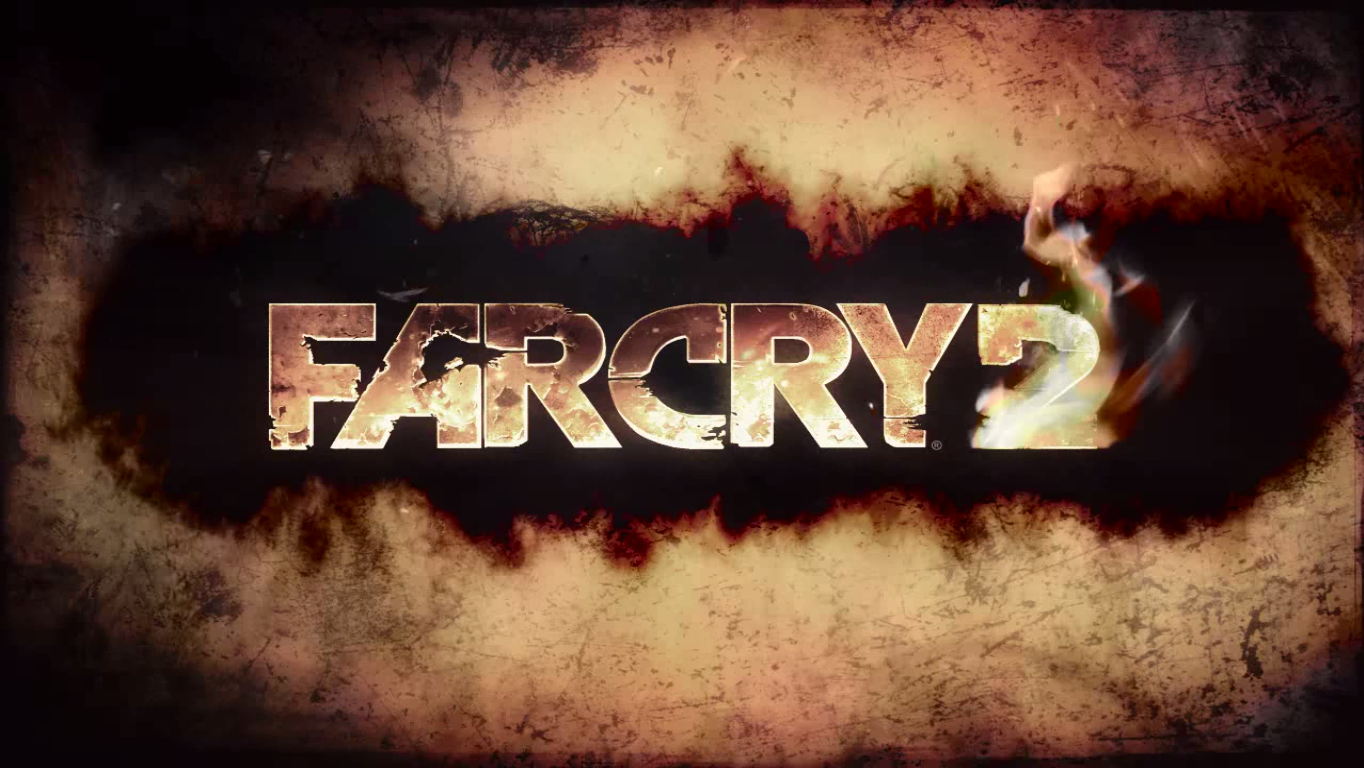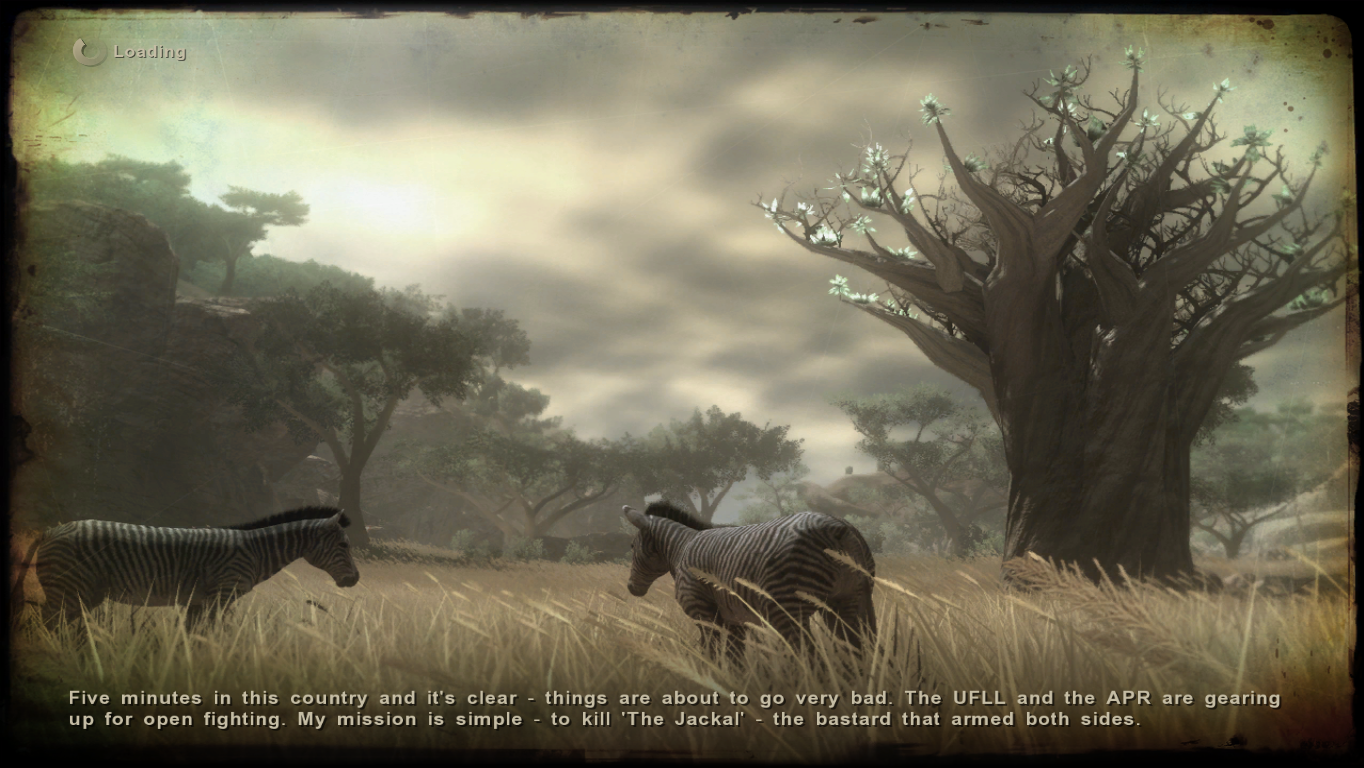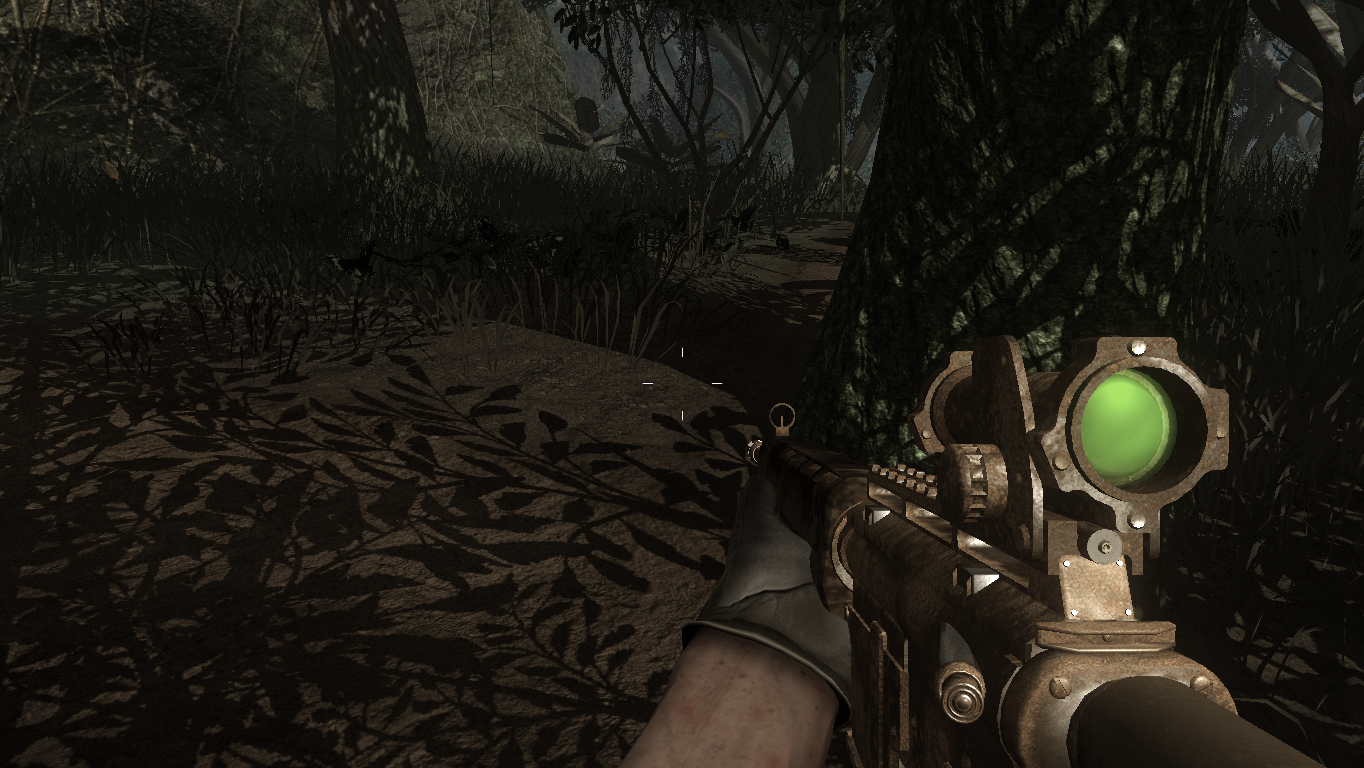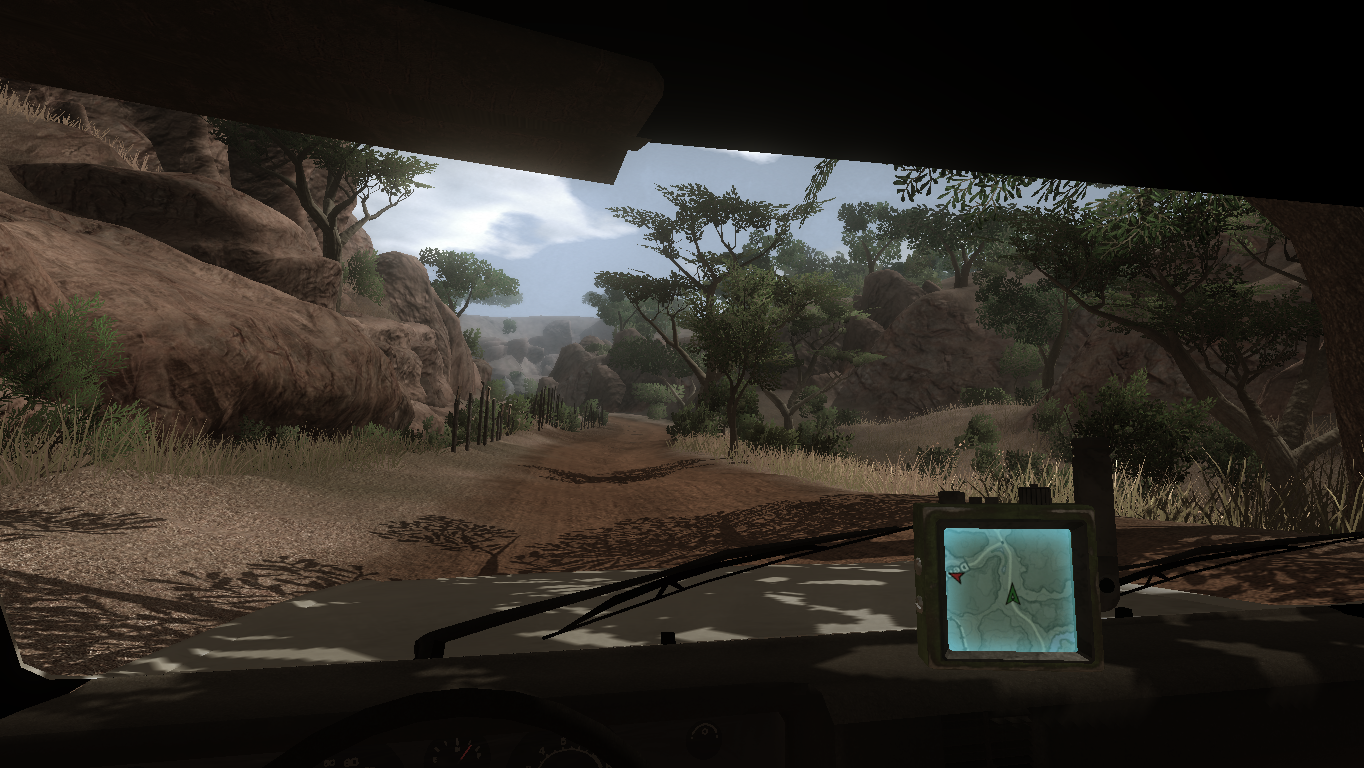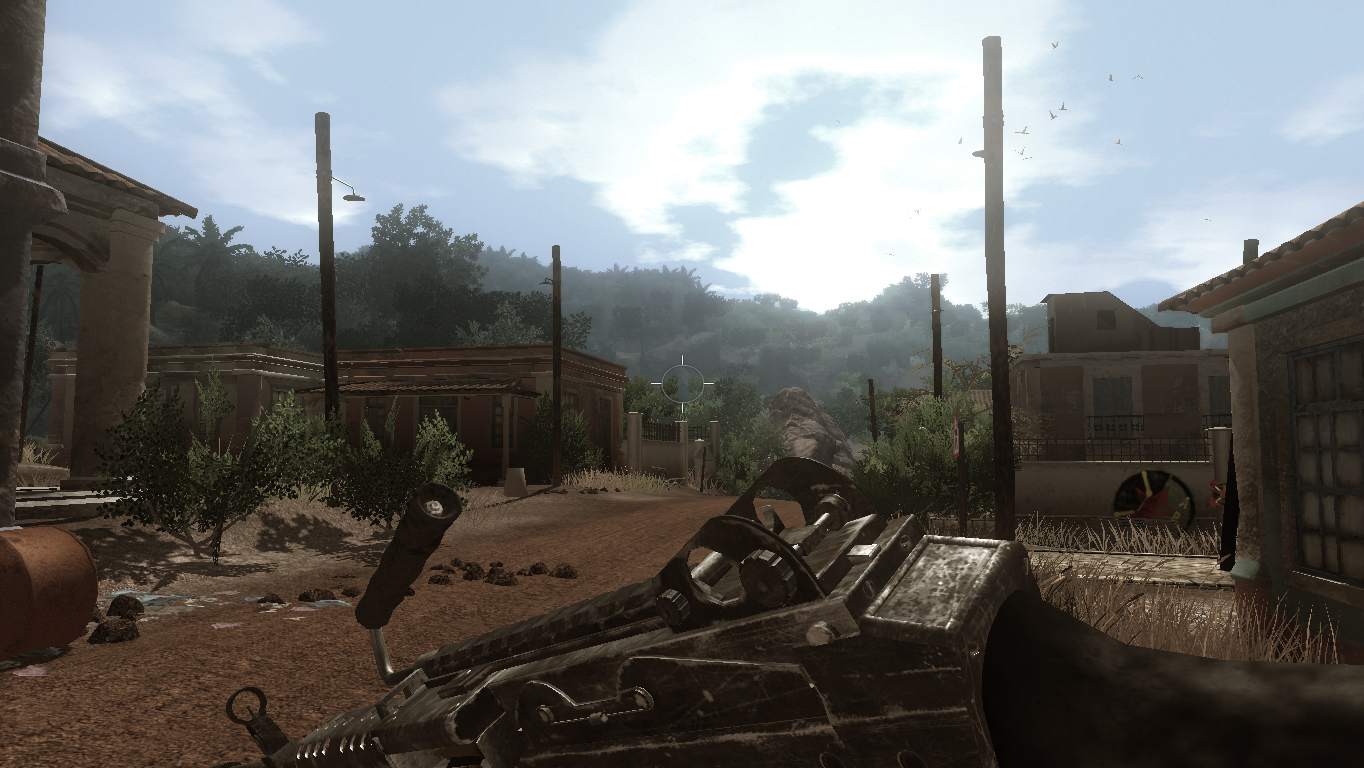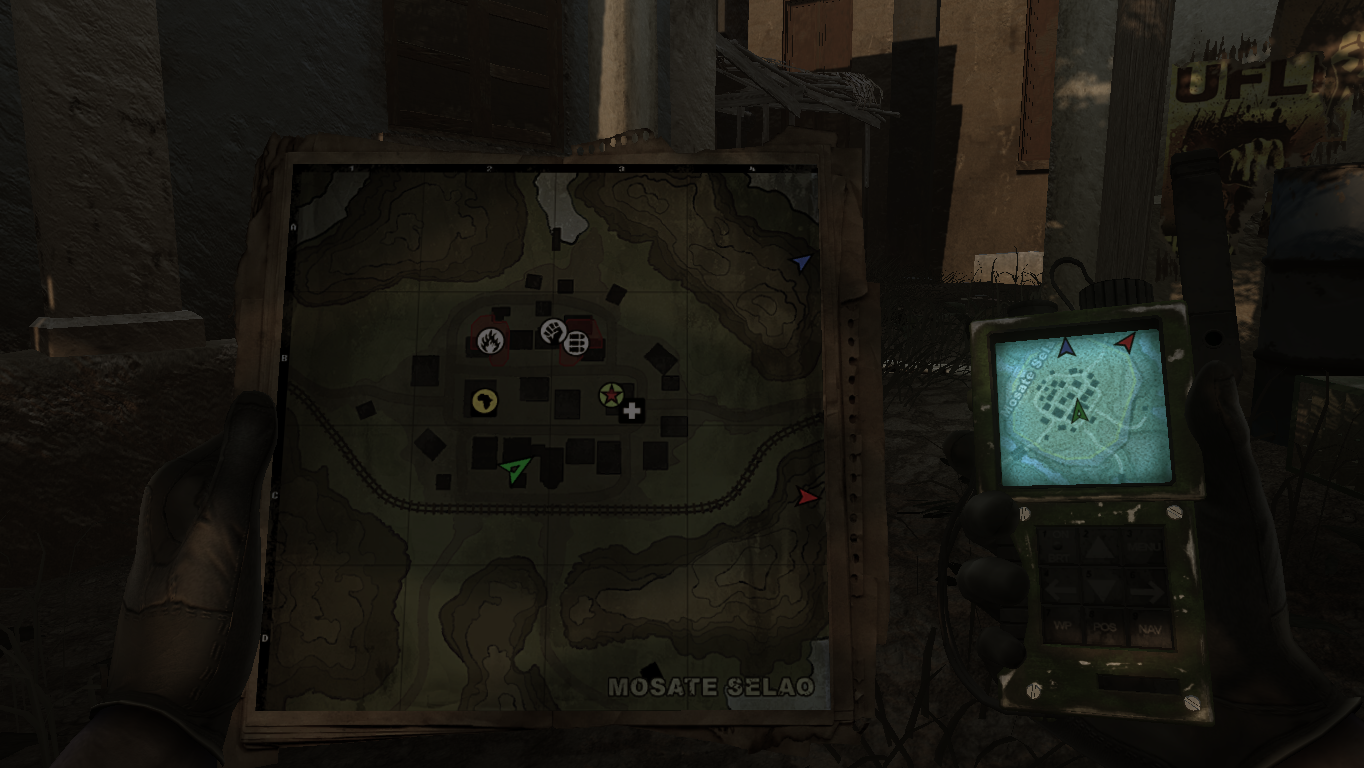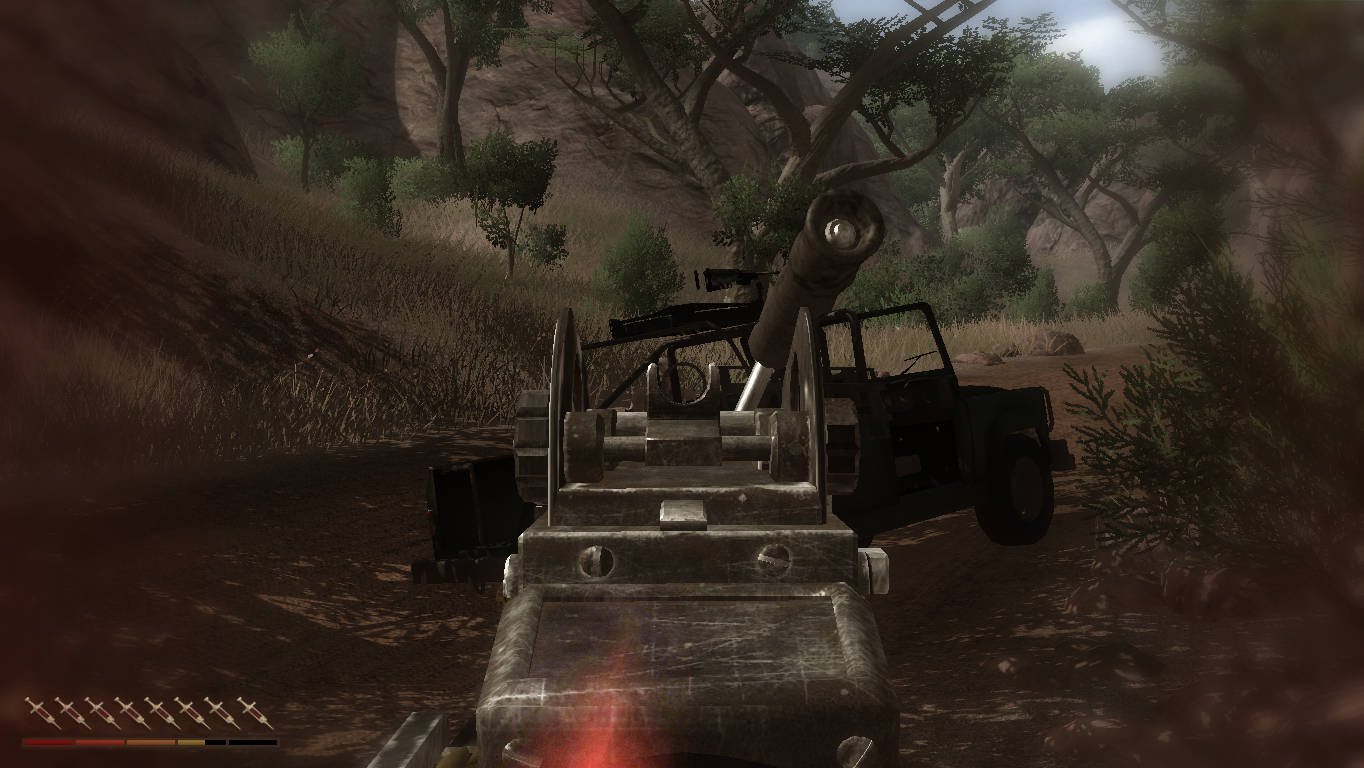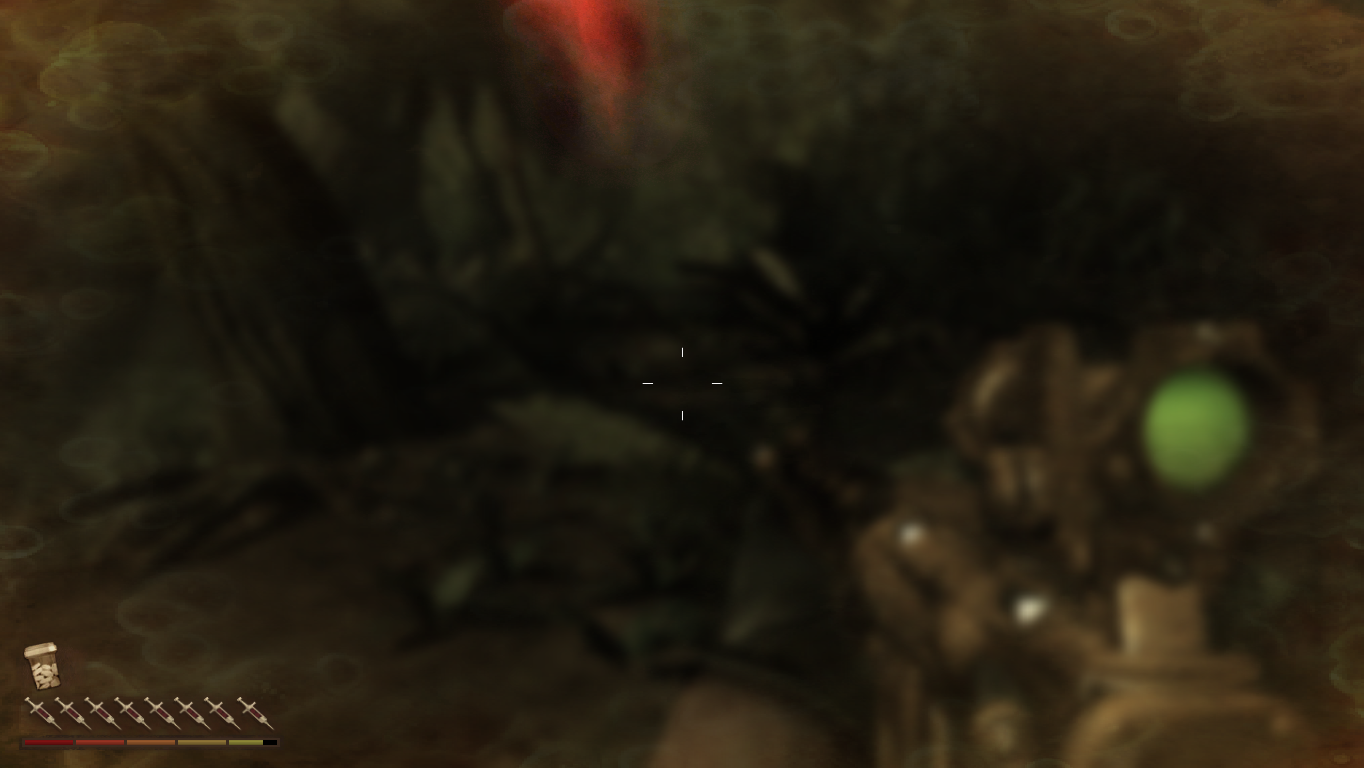It is never pleasant to defend one who has just insulted your profession. Neither is it easy to do so when your friends think the said offender to be lacking in the very skills you admire him for. And it’s nigh impossible in the age of Facebook, because here everything’s clickbait. Including the topic at hand – the relevance of the historian.
Before I continue on my own thread, a little background. I’m a fan of Chetan Bhagat, a big one. The type of fan that people like SRK and Salman Khan get. Trouble is that it’s still okay to profess undying love to SRK on his birthday even when he’s hit 50. It’s not okay to praise Chetan Bhagat for being a great author of pulp fiction. It becomes near anathema when Bhagat goes and gets himself “had” (trolled in internet lingo) by a renowned lyricist and then says that historian do nothing more than give a date or a name and call it a day.
But my point here is not to discuss the logic behind Bhagat’s reckless comments. Neither do I want to comment on the quality of his writing compared to the posts he puts on Twitter, etc. The point here is one which we students of history take for granted the moment we enter a class of history (either as student or teacher). That is –
HISTORY = PROFESSIONAL DOMAIN = TASK OF THE PROFESSIONAL HISTORIAN
This equation, in my humble and unobtrusive opinion, is bullshit.
Why ? Let’s break this equation down. First, what is history ? Without going into Carr and Amales Tripathi (neither of which are read by the general populace), let’s say that history is the study of the past. More pertinently, study of what we deem important in the past and what we have information for. So we may have a lot of information about the thickness of grates of sewers but we’re only interested in finding the causality between poor sewer drainage and epidemic. So if grates come into the picture, well and good. If they don’t, get some other source. If you still get nothing, theorize the nightsoil out of the topic till you don’t need any sources at all.
Trouble is, not everyone is interested in learning the history you wish to learn. People can glean any amount of meaning out of the thickness of grates and fit it into any history they like. In other words, history is the study of the past the way the person wishes to study it. So what “we” deem important is not the sum total of what is held to be important.
Still confused. Well, while we “historians” (coming to that) debate over the minutae of the events leading to the battle of Plassey, many more people are interested in learning about whether there was a Mandir at Ayodhya.
But this argument can be placed for every “arts” subject out there. Say for instance, political science. Every person deems the political process to be of a different nature and studies different aspects. He or she may reach conclusions and form ideologies which do not agree with any known school of political philosophy. How then is history different ?
History is not different really, except that it is the one “arts” which cannot be proved while everyone wants to prove it. Being in the past, all history is a work of inference. It cannot be duplicated because creating the same exact conditions is impossible. Other arts disciplines, at least, have some component in the present. Elections can be duplicated, so can works of art. Not history, sorry, it can only be inferred. In fact, if it is duplicated, it by definition goes out of the realm of history because it is no longer in the past.
The problem arises when everyone wants to prove something in history. Such proving is often in a political or social context – a context where “proof” lends legitimacy to a claim while deligitimizing another. For instance, proving that a boundary existed at a certain point in a field can justify the land claims of one family while refuting those of another because historically the division lay here instead of there.
History, therefore, gives us identity. It tells us what we were, and that in turn defines what we want to become. It gives us direction in life, either in conformity or against the “grain” – the trend – of history.
Now everyone has an identity, and so everyone needs to understand and explain his/her own history. This history is bound up with the history of the community and the nation, just as the person is bound with his/her nation and community. In fact, beyond the narrow realms of his family and village, the person is defined by the community and the nation. Hence, the histories of the community and the nation become vitally important for everything the person considers himself/herself to be beyond the narrow confines of local geography.
Such identity develops in two ways – passing down and creation. Passing down is a passive process in that it occurs as the child grows and sees his/her elders talking, behaving, scolding and praising him/her. It develops actively in that he/she is told that he/she must be a certain person, behave in a certain fashion because his/her forefathers were this and this behoves such behaviour and so on. Everything from grandma’s tales about the ancestral village to the scolding of the father about meeting some undesirable boy/girl develop this identity.
Now comes the creation of identity. Except for the most docile and the most brain-dead, each person internalizes such passed on knowledge in a manner that suits his/her character, circumstances and ambitions. Such internalizing occurs with an active and passive interaction with what has been passed on and what the person learns on his/her own, with or without the mediation of the guardians of information – the family and the community.
In other words, each person must interact with history to forge one’s identity, deciding how much of the passed on information to retain and what modifications to bring in it. Such interaction occurs from the very day he/she begins learning history and starts to see the history of the country and community as part of his/her own formation of the historical self. In most students, this process is initially passive and becomes active when he/she begins considering possibilities of challenging the existing situations. This takes a level of intellect and maturity that typically does not arrive before one’s mid to late teens.
But when it does, the interaction can lead to questions that the professional historian is not bothered with. In absence of professional history (or lack of access to it : pricing of CUP and OUP books is ever-so-affordable isn’t it?), the person develops his/her own ideas about history from facts or quasi-facts that are readily available to him/her.
How is this creation of ideas from facts not the writing (figuratively, not everyone has the time or luxury to hold a pen and paper) of history? For if history be the study of the past and the past the person wishes to study, then such formation of ideas and identities involves creation of a history. This history may be as little as that of the village and as large as that of the nation. Since we’re considering the histories of the community and the nation as prime to the formation of one’s identity, such histories would involve ideas about the history of his/her community and nation. Such a history would be colored by the passed down information and the “history” created through conscious thinking. Combined together, they form a vital “version” or “type” of history in which the professional historian has had virtually no role or so indirect a one that the history actually created is vastly different from that what the historian wrote in the refereed journal.
If everyone is creating his/her own history and the vast majority of it is beyond the pale of the historian’s influence, how can the historian claim a defining role in writing history? He/she can if and only if there is a definitive strand of history that can triumph over all others.
How can this be done? One possibility would be to prove beyond doubt that that is what happened. But because everything is in the past, this is impossible. Here, history becomes the least scientific of all arts, no matter the level of scientific methods used to study it.
Even then, the professional historian is a professional – his/her task is to find the best kind of history using the methods that he/she has been taught to use. The pickaxe is blunt, but the historian is confident that it is a pickaxe so it must be used. Better than using a lasso for the job! So he/she painstakingly creates a history. Part of this history is irrelevant to the concerns of the people and remains confined to the academic journals. Part of the questions asked by the people are not answered by scholarly work. There is a disjunction between historians and larger societal concerns of history and no one tries to bridge it. This part is taken over by those who can claim to prove answers. This veracity the historian questions but in vain because –
- He/she does not deal with the topic itself and has no answers himself/herself
- The minutiae of the methodology criticized by the historian are lost upon the general populace
- The “sources” used by the other histories are not used by the historian because they’re “illegitimate”. In the eyes of the person who believes in those sources, the historian becomes illegitimate.
- Much of the historian’s language is obscurantist for the general reader and he/she soon loses interest in the academic arguments. Instead, the “answer” is accepted over the debate over whether the answer should exist or not. Bread, my friend, is always more welcome than a floury exchange of words over the type of flour used.
The part that matches the concerns of the larger public reaches the public domain and filters down. Books are reviewed in magazines, articles are read and simplified in opinion pieces and so on. Ideally, this history should trickle down and inform the general populace so that their ideas of history – their created history – is corrected.
The problem again, is that, “scientific”, “professional” history has no advantage over other types of history that abound in the minds of men. Most people are not interested in the nuances that make it better in the eyes of the historian, and even if they are, the hesitating, confused-sounding tone of professional research cannot stand against the confidence of the histories that have traditionally coloured the minds of men. Did such and such ruler have 500 wives ?
History A : Yep, 500 definitely!
History B : Nope, 550 is the number. The Great texts say so.
History C : A number between 400 and 532 would be great. We could take 434 based on source A but then the other sources suggest that he married another 15 times. If we add the two and assume that there were no divorces, the number comes to 449. That is still a low number considering conventional wisdom and so we must look for other women in the harem. XYZ suggests that we take a look at the concubines who were given status almost equal to that of royal wives……
Seriously, did you get to the end of the paragraph of the third history? If you’re not sitting in a library or a college drinking coffee, would you have the time to go through this or even a very simplified version of this ? If not, would you say that because I could not read history C, I would not decide. NO, you would take either history A or B and choose the one which you think is more logical based on the understanding of historical events you have. Such understanding, as we saw earlier, is shaped by family, society and school and is both passive and active. Whatever it is, such history often lies beyond the control and the influence of the professional historian.
In other words, the history the historian churns out has limited influence because, for various reasons, his is neither the easiest, surest, widely read or most legitimate history. The professional is just one of the many peddlers of history, and his version is limited in scope. The scope of history, in sum, is far beyond the province of the historian.
But you could say – the history taught in schools and in colleges is accurate: it is written history, written usually by professional historians. Correct, but where identities are forged by history (or interaction with what is seen as received history), there are many stakes involved. A person could become a communalist or a secularist based on what he/she read about the Partition. Would it not be in the interest of some to turn him/her into a secularist, and some others, into a communalist ?
Historians themselves are not free of such biases. The ideal historian is supposed to be secular, democratic and liberal. Looked at from other viewpoints, these traits themselves are biases against some religion, against strong and confident rule and against tradition. The historian does not rise above the ideological matrix, but sits within it.
Furthermore, each historian has his/her own ideological mindset. And so his/her history also differs because after all, the way he/she interacts with facts and creates history is still a function of the human mind. The human mind, all education and training considered, of the historian and of the peasant, of the peasant and the religious leader, is not that different.
So many histories are created with various stakes. Each stake conflicts with other stakes, other viewpoints of society and other petty and noble interests. Who decides what the general masses consume as history, and so forge their identities? Who becomes the custodian of history ?
The professional historians say – us! We are the most educated, trained, unbiased and scientific minded.
The religious “historians” say – us! We are the most devout, adherent to tradition and close to God.
The politicking “historians” say – us! We are those who will help you build a better understanding of what the country and the community needs to be.
All say to each other – you are not a proper historian!
Great, so now we have a verbal brawl going on. Verbal brawls can turn into muscular ones. It turns out that the professional historians have some rather ineffectual weapons called pens. They don’t stand much of a chance, especially because any advantage is lost by incessant debates within themselves.
Instead, the other groups use state power, religious power, caste power, every sort of meaningful power, to win. One group wins with minimal compromises and gets to be the custodians of history. From podiums to history books, they decide what history is and therefore, what the person needs to know to create his/her identity. They become the authors – and the custodians – of history.
The professional historian has long assumed that he/she will get the microphone and the muscle power from his/her cozy office chair – along with the funds to keep that chair cozy of course. As history shows this wannabe professional historian however, the battle was never theirs to win. It would take a philosopher-king of great intellect to grant power to those who have but flimsy pens to wield it. For power does not flow from the point of the pen, but from the printing press and the loudspeaker, colouring the minds of people in a manner that forges their identity in a manner amenable to you.
But like all professionals, the historian refused to be useful to society by staking a claim to this power, by getting out of the cozy chair and into the mandi and the masjid. He/she refused to go the extra mile required for the prachar of his/her history and opposed to the lekhan of it. He/she refused to form the political and social apparatus that other propagators of “history” did. He/she refused to be an agent of social change or of social stability. He/she refused to be anything but a parasite giving out dates and names and publishing unreadable articles while the history and identity of the communities and the nations were held by those with more zest, more capability and less mental confusion than the dear professional historian. Finally, when the historian is being shown the total impact of his/her erudite scholarship and being told that such work does not deserve such large amounts of funds is the great slumber finally breaking.
Whether this slumber leads to a great contribution by historians – the professional, pen-toting variety – in shaping the identity and the course of the nation’s mentality, or just to another barrage of articles, time will soon tell.

